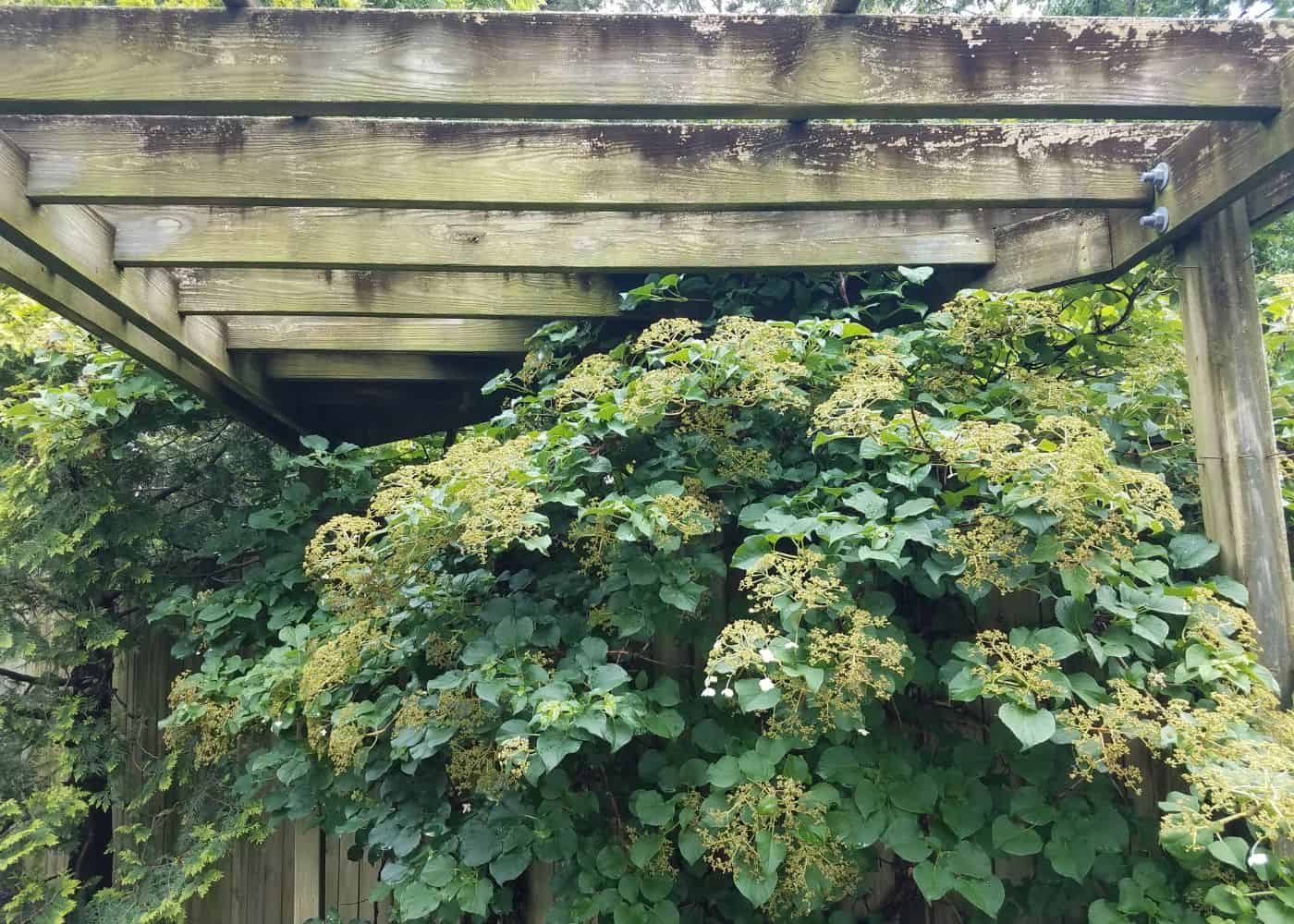Climbing Hydrangea: The Perfect Vine For Your Fence
Climbing Hydrangea: The Perfect Vine for Your Fence
Climbing hydrangeas are a beautiful and versatile plant that can add a touch of elegance to any garden. These vines are known for their lush green foliage and delicate white flowers, which bloom in the summer. Climbing hydrangeas are also relatively easy to care for, making them a great choice for even the most novice gardener.
If you're looking for a vine to add privacy to your fence, climbing hydrangea is a great option. These vines can grow up to 30 feet tall, so they're perfect for covering large areas. They're also tolerant of shade, so they're a good choice for gardens that don't get a lot of sun.
In addition to their beauty, climbing hydrangeas also have some practical benefits. For example, they can help to reduce noise pollution. The leaves of these vines act as a natural barrier, blocking out sound from traffic or other noisy areas. Climbing hydrangeas can also help to improve air quality. The leaves of these vines release oxygen, which can help to improve the air quality in your garden.
If you're considering adding climbing hydrangea to your garden, there are a few things you need to know. First, these vines need full sun or partial shade. They also need moist, well-drained soil. Climbing hydrangeas are relatively drought tolerant, but they do best with regular watering.
To plant a climbing hydrangea, dig a hole that is twice as wide and as deep as the root ball. Backfill the hole with soil, being careful not to bury the crown of the plant. Water the plant well after planting.
Climbing hydrangeas can be trained to grow up a fence, trellis, or other support. You can also let them grow as a groundcover. If you're training the vines to grow up a support, you'll need to tie them in place as they grow.
Climbing hydrangeas are relatively pest- and disease-free. However, they can be susceptible to scale, aphids, and powdery mildew. If you see any pests or diseases, you can treat them with an appropriate pesticide or fungicide.
With proper care, climbing hydrangeas can live for many years. These vines are a beautiful and versatile addition to any garden. If you're looking for a plant that can add privacy, beauty, and practicality to your garden, climbing hydrangea is a great option.
Climbing hydrangeas are a beautiful and versatile addition to any garden. They can be grown on fences, walls, or even trees, and they will provide you with years of enjoyment. If you're thinking about planting a climbing hydrangea, I encourage you to visit for more information.
is a comprehensive resource for all things climbing hydrangea. You'll find information on how to choose the right variety, how to plant and care for your plant, and how to troubleshoot any problems. You'll also find beautiful photos and illustrations of climbing hydrangeas in bloom.
I've been a fan of climbing hydrangeas for many years, and I've learned a lot from . If you're serious about growing these beautiful plants, I highly recommend checking out the website.
Image of climbing hydrangea on fence
5 different images of "climbing hydrangea on fence" from Pinterest:
- A white climbing hydrangea cascading over a white picket fence.

- A pink climbing hydrangea climbing up a wooden fence, with lush green leaves and delicate pink flowers.

- A blue climbing hydrangea covering a brick wall, with its vibrant blue flowers in full bloom.
- A climbing hydrangea growing up a trellis, with its flowers in shades of pink, blue, and white.

- A climbing hydrangea covering a pergola, with its flowers providing a beautiful shade for the patio below.

Post a Comment for " Climbing Hydrangea: The Perfect Vine For Your Fence "